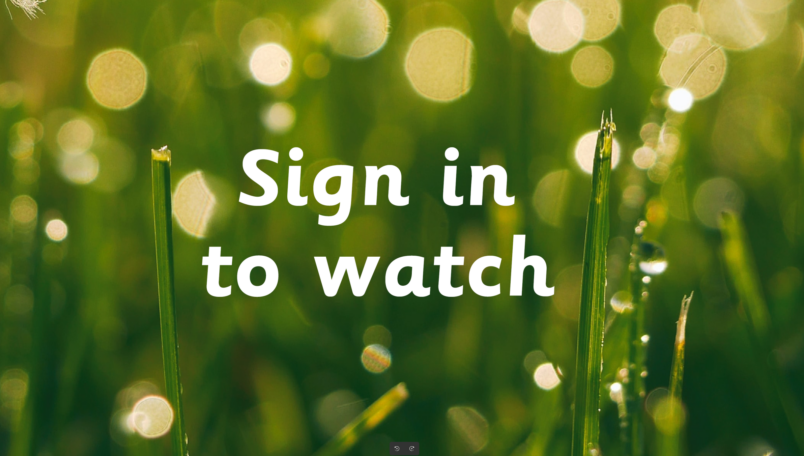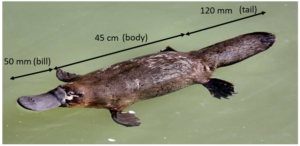Geometry (position & direction): Platypus Patrol
Challenge level ⭐⭐
(designed for children with prior knowledge of the Year 3 and Year 4 programme of study)
Learning Objective
We are learning how to solve a natural world problem by using and applying our knowledge and skills of geometry and coordinates.
Useful prior knowledge:
- To describe positions on a 2-D grid as coordinates in the first quadrant

Clip Description
The duck-billed platypus is one of nature’s strangest looking animals. It has a bill and webbed feet like a duck, the fur and body shape of an otter and a beaver-like tail. They are one of the few living mammals that are venomous.
In this fascinating clip, we see a platypus hunting for prey in a river. With over 40,000 electrical receptors in its bill, the platypus uses this unusual body part to detect the tiny electrical signals that are given off by the muscles of prey animals. Why do you think duck- billed platypuses frequently bump into rocks that are on the riverbed? Watch the clip to find out.
Quick Whiteboard Challenge
What is the total length of the adult duck-billed platypus shown below?


 Sign in
Sign in

